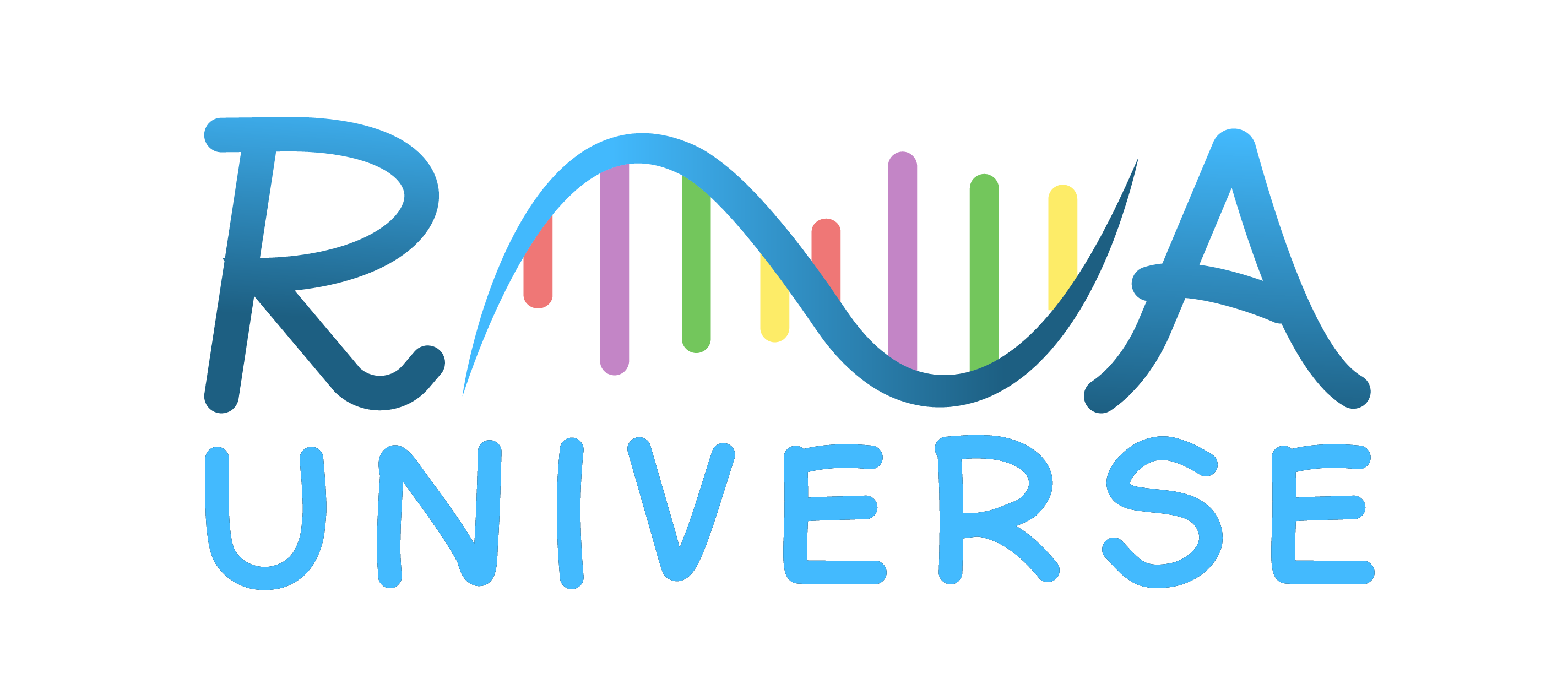A comprehensive review of mRNA vaccine
A Comprehensive Review of mRNA Vaccines
The emergence of SARS-CoV-2, the virus responsible for the COVID-19 pandemic, has highlighted the importance of developing effective treatments for viral diseases. One approach that has gained attention in recent years is the use of RNA interference (RNAi) technology. RNAi is a mechanism that can be used to silence specific genes in the body, and it has the potential to be used to treat a range of diseases, including viral infections. In this blog post, we will explore a recent research article published in the journal International Journal of Molecular Sciences titled “RNA Interference as a Promising Tool for the Treatment of Viral Infections.”
RNAi Technology:
RNAi technology is a mechanism that cells use to regulate gene expression. RNAi involves the use of small RNA molecules, called small interfering RNAs (siRNAs), which can bind to specific messenger RNAs (mRNAs) and prevent them from being translated into proteins. By targeting specific mRNAs, RNAi can be used to silence specific genes in the body.
The use of RNAi technology has the potential to revolutionize the field of medicine. RNAi can be used to treat a range of diseases, including viral infections, genetic disorders, and cancer. RNAi has several advantages over traditional drug therapies, including specificity, potency, and the ability to target previously “undruggable” targets.
RNAi for the Treatment of Viral Infections:
Viral infections are a significant global health problem, and there is a need for new and effective treatments. RNAi technology has shown promise in the treatment of viral infections. By targeting viral genes, RNAi can prevent viral replication and reduce the severity of viral infections.
The article published in the International Journal of Molecular Sciences provides an overview of the current state of RNAi technology for the treatment of viral infections. The article discusses the challenges associated with the development of RNAi therapies and the progress that has been made in the field.
One of the challenges associated with the development of RNAi therapies for viral infections is the specificity of the siRNAs. siRNAs must be designed to target specific viral genes to prevent off-target effects. However, viral genomes are highly diverse, and it can be challenging to design siRNAs that target all strains of a virus.
Despite these challenges, progress has been made in the development of RNAi therapies for viral infections. Several preclinical studies have shown that RNAi can be used to effectively treat viral infections in animal models. For example, in one study, siRNAs were used to target the influenza A virus in mice, and the siRNAs were able to prevent viral replication and reduce the severity of the infection.
Future Directions:
RNAi technology has the potential to be a powerful tool in the fight against viral infections. However, there are still several challenges that need to be overcome before RNAi therapies can be used clinically. One of the challenges is the delivery of siRNAs to target cells in the body. siRNAs are rapidly degraded in the body, and they must be delivered to target cells to be effective.
Several delivery systems have been developed to overcome this challenge, including lipid nanoparticles, viral vectors, and cell-penetrating peptides. These delivery systems have shown promise in preclinical studies, and they could be used to deliver siRNAs to target cells in the body.
In conclusion, RNAi technology has the potential to revolutionize the field of medicine, and it has shown promise in the treatment of viral infections. While there are still several challenges that need to be overcome, progress has been made in the development of RNAi therapies for viral infections. With further research and development, RNAi could become an important tool in the fight against viral diseases.
Gote, Vrinda, Pradeep Kumar Bolla, Nagavendra Kommineni, Arun Butreddy, Pavan Kumar Nukala, Sushesh Srivatsa Palakurthi, and Wahid Khan. “A Comprehensive Review of mRNA Vaccines.” International journal of molecular sciences 24, no. 3 (2023): 2700.
Written by devadmin
- Uncategorized44 products
- LNP and Target therapy1414 products
- Lipid Nano Particle (LNP)1414 products
- Molecular Biology88 products
- PCR and qPCR Reagents77 products
- Most Popular1515 products
- mRNA IVT materials4141 products
- Cap Analogs1515 products
- Catalog mRNAs55 products
- Functional mRNA22 products
- Reporter mRNA22 products
- mRNA Enzymes1010 products
- Capping Enzymes22 products
- mRNA synthesis enzymes55 products
- Tailing Enzymes11 product
- Template Preparation22 products
- NTPs and Modified NTPs1111 products
- New Arrival1717 products
- On Sale99 products
- RNAi and Oligonucleotides606606 products
- 2' Deoxynucleoside1313 products
- Arabinonucleosides1010 products
- Arabinonucleotides33 products
- Base Protected Nucleosides5252 products
- Deoxynucleotides5757 products
- Dideoxynucleosides2626 products
- Dinucleosides Phosphate33 products
- DMT Protected Nucleosides7070 products
- DNA Phosphoramidites1111 products
- Modified Diphosphates77 products
- Modified Monophosphates3636 products
- Modified Nucleosides152152 products
- Modified Triphosphates3232 products
- Nucleotides77 products
- Ribonucleotides9696 products
- Riboucleosides99 products
- RNA Phosphoramidites1010 products
- TIPDS Protected Nucleosides1919 products
- Video Games11 product

Leave a Reply